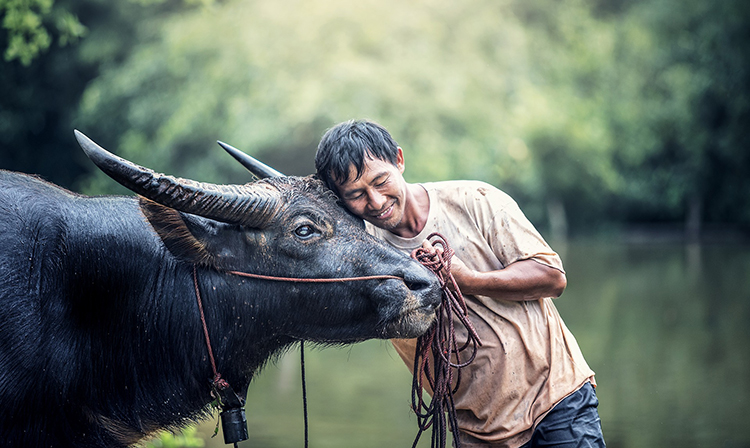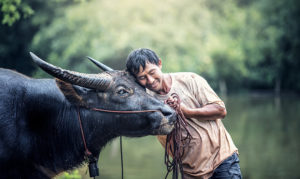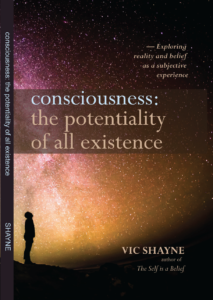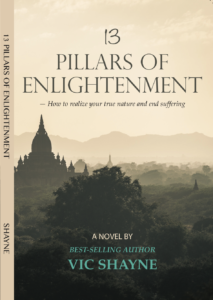
Consciousness: The Potentiality of All Existence: Exploring reality and belief as a subjective experience
For many years I had read how we create our own reality. This was a great puzzle to me. Of course, it’s quite easy to repeat what others have said and then convince yourself that it’s true. This is called belief. Belief is not knowing; it is not a realization. You can believe that out-of-body experiences are real, but unless you have had one or a thousand then you don’t really know what it feels, looks, or sounds like. It remains an idea, but not a realization. You can also believe that life has a purpose, but it is only the conditioned mind that tells you this out of belief and not as a fact. And you can believe that you create your own reality, but unless you fully see this then it remains a belief.
Consciousness is the totality of all that is. It is existence at all levels, including all emotions as well as pairs of opposites that we call duality. Consciousness is a field of potentialities pertaining to what may or can happen, as well as the entire range of experiences, phenomena, expressions, and thoughts. The contents of consciousness is consciousness; it’s the whole enchilada, uninterrupted. And this totality is each one of us. It is as much in us as it is us.
Consciousness as the totality
Everything is consciousness; it’s the singular movement of life, and because we are all consciousness then we know of all of the dualities of hot and cold, good and bad, caring and uncaring, smart and stupid, loud and quiet, tall and short, wild and controlled, chaotic and ordered, and so on. It is the brain and mind that makes this possible.
The writer creates reality
As consciousness, we all are the creators of our own reality, each and every waking moment, as well as in every moment of a dream or daydream. When you look into this to see for yourself you can consider that all of the good, bad, and indifferent are within you.




